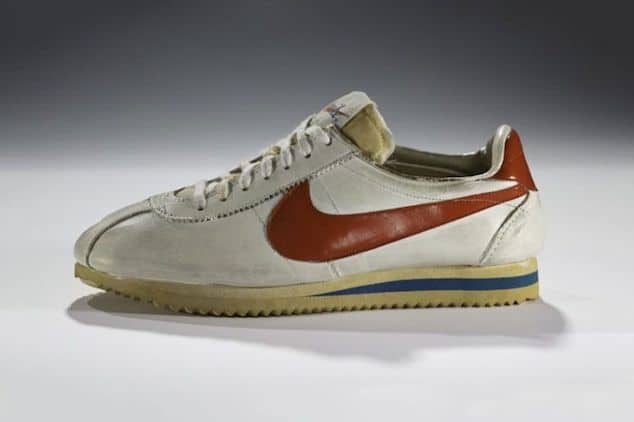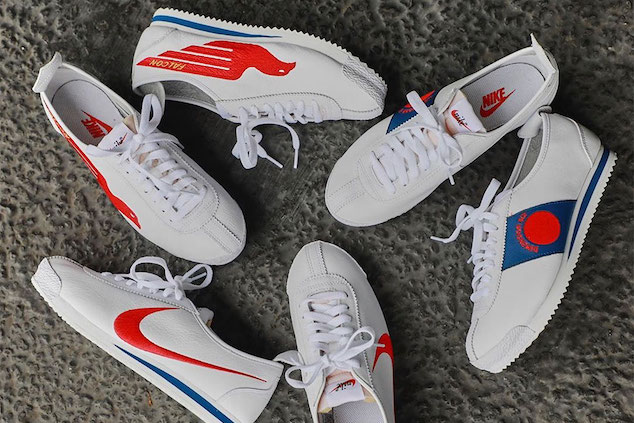

An overview of how sneakers evolved from sports to fashion. Thanks to comfortability and durability, sneakers are a must-have footwear.
The History of Sneakers: From Commodity to Cultural Icon
Sneakers were once the symbol of athleticism. The British refer to them as trainers. This iconic sportswear has transcended its primary function to become desirable attire; suited for fashion and commercial purposes. Sneakers have become cultural merchandise today and are showcased on runways and in street style. Nike air Jordans, for example, has inspired several designed to match Jordan tees that complement their look and make it a one-of-a-kind item.
In 2020, sneakers’ market value globally was rated at US$79 billion. Because of the worldwide uptake of this commodity, its value could hit a whopping US$120 billion in 2026. This tremendous growth represents a business that will take the world by storm in the future. With these enormous strides in the apparel industry, London’s Design Museum has developed an interest to explore how sneakers have cut an edge in the modern setup to define a unique culture.
Comfort is King
The styling of sneakers has slowly shifted in the last decade. Today, if you have a formal function or are reporting to your workplace, you can simply wear a pair. For smart-casual events, you are free to wear sneakers. These shoes have transformed into socially acceptable outfits even in workplaces with specific dress restrictions like nightclubs and casinos.
Comfortability is key for employees who work in busy establishments like location-based casinos where they are on their feet for long hours. Thus, as a live dealer, wearing sneakers will make the job easier as you don’t have to strain while dealing cards or spinning wheels. Some casinos have a strict dress code if you plan to play on the main floor. This dressing code upholds the authenticity and elegance of casinos.
However, with the shift to online gambling, you can still access live dealer casinos from the comfort of your home with no restrictions on what you wear. Here, you can still play diverse live games, including live roulette, poker, and baccarat, accessible on Android and iOS devices. To boost your bankroll, these live casinos offer impressive bonuses such as welcome and deposit bonuses. Nonetheless, if you wish to experience the actual thrill of playing in a location-based casino, be sure to check the required dress code.
From Tennis Shoes to Track
Sneakers have a rich history, and their legacy can be traced back to the 1830s when an innovator known as John Boyd Dunlop founded The Liverpool Rubber Company. His style was defined by bonding rubber soles with canvas. This earliest design was called sandshoes which were used for beach excursions.
The 19th century was a period where social change and industrial progress took center stage. These aspects influenced people to engage in sporting activities, such as lawn tennis. The demand for specialized footwear arose out of sporting enthusiasm, and Dunlop was ready to deliver the rubber soles. In 1929, Dunlop created the Green Flash Model, first won by Fred Perry, a tennis legend who won Wimbledon.
The Converse All-Star is also a significant brand that was created in the 20th century. It was specifically designed for basketball. You cannot speak about sneaker evolution without the mention of Nike and Adidas. These brands have ruled the 20th century through their stylish and comfortable innovation, and their role in transforming sneakers from sport to style is unmatched.
Adi Dassler Company was founded in 1924, but it was later named Adidas in 1949. It is credited for the first track shoe built with hand-forged spikes and leather soles. During the 1936 Berlin.

Olympic championships, the shoes were worn by a participant known as Jessie Owens. On the other hand, Nike created Cortez as their first brand, specially designed for running.
Yuniya Kawamura, a renowned sociologist, provides an insight into the three waves that define the sneaker phenomenon. First is the underground culture in the 1970s. This is the same period when hip-hop culture emerged. The second wave is defined by the need to have a status. In 1984, celebrity endorsements had just begun, and companies wanted to capitalize on the commercial value. The third and last wave is the modern culture taken up by the digital age. Here, sneakers are experiencing exponential growth in the market, with exclusive models and resale culture, social media has only increased people’s love for sneakers.






